What is the main advantage of an electrolytic capacitor?
The primary advantage of an electrolytic capacitor lies in its high capacitance value relative to its size. This characteristic allows electrolytic capacitors to store and release a substantial amount of electrical energy in a relatively compact package, making them especially useful in applications that require significant energy storage and quick discharge.
This high capacitance-to-size ratio is achieved through the unique construction of electrolytic capacitors. The dielectric material in these capacitors is typically an oxide layer that forms on the surface of the anode. This oxide layer is extremely thin, which allows for a large surface area within a small physical space. As a result, electrolytic capacitors can achieve capacitance values that are several orders of magnitude higher than those of non-electrolytic capacitors of similar dimensions.
The advantage of high capacitance is particularly beneficial in applications such as power supply filtering, where the capacitor needs to smooth out voltage fluctuations and ripples in the output. The large capacitance of an electrolytic capacitor helps absorb and release energy quickly, resulting in a more stable DC voltage output.
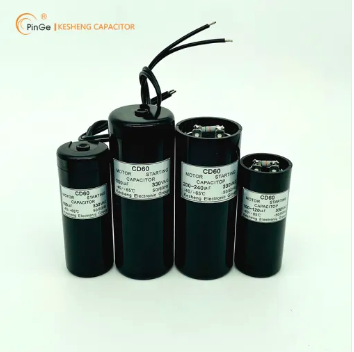
Revolutionizing Display Technology: TFT LCD Modules Benefit User Experience?
Top 5 Benefits of Customized Outdoor LED Displays: Answers to Your Burning Questions
Revolutionizing Energy Monitoring: Ultra-Low Power Consumption Panel
Is the 1602 screen worth buying for your B2B purchase stage?
What is lead-free in PCB?
LCD vs TFT: Which display technology is superior?
What are the advantages of LED display screen?
Another advantage of electrolytic capacitors is their ability to handle higher voltage ratings. This makes them suitable for applications that involve higher voltage levels, such as in power supply circuits or systems where voltage spikes are common. The combination of high capacitance and high voltage tolerance allows Kesheng electrolytic capacitors to provide efficient energy storage and voltage regulation.
However, it's important to note that electrolytic capacitors are polarized components, meaning they have a designated positive (+) and negative (-) lead. Applying voltage with the wrong polarity can lead to their failure, and in some cases, it can result in the breakdown of the oxide layer, causing the capacitor to short-circuit or leak electrolyte. Therefore, correct polarity and voltage ratings must be observed when using electrolytic capacitors to ensure their optimal performance and longevity.
In summary, the main advantage of an electrolytic capacitor is its high capacitance-to-size ratio, which allows it to store and release significant amounts of energy in a compact form. This characteristic is valuable in applications requiring energy storage, voltage regulation, and smoothing of power supply output. Additionally, their ability to handle higher voltage levels makes them versatile components in various electronic circuits.
Should I buy a LCD TFT 2.4 inch display for my business?
Maximize Security with Top-of-the-Line PCB Boards
What is metal oxide resistor?
Why STM32 is better than ESP32?
What did traffic lights look like in the 1920s?
Top 10 Tips for Choosing a 12864 LCD Screen?
Is bulk PCB ordering the new norm?
Related Articles




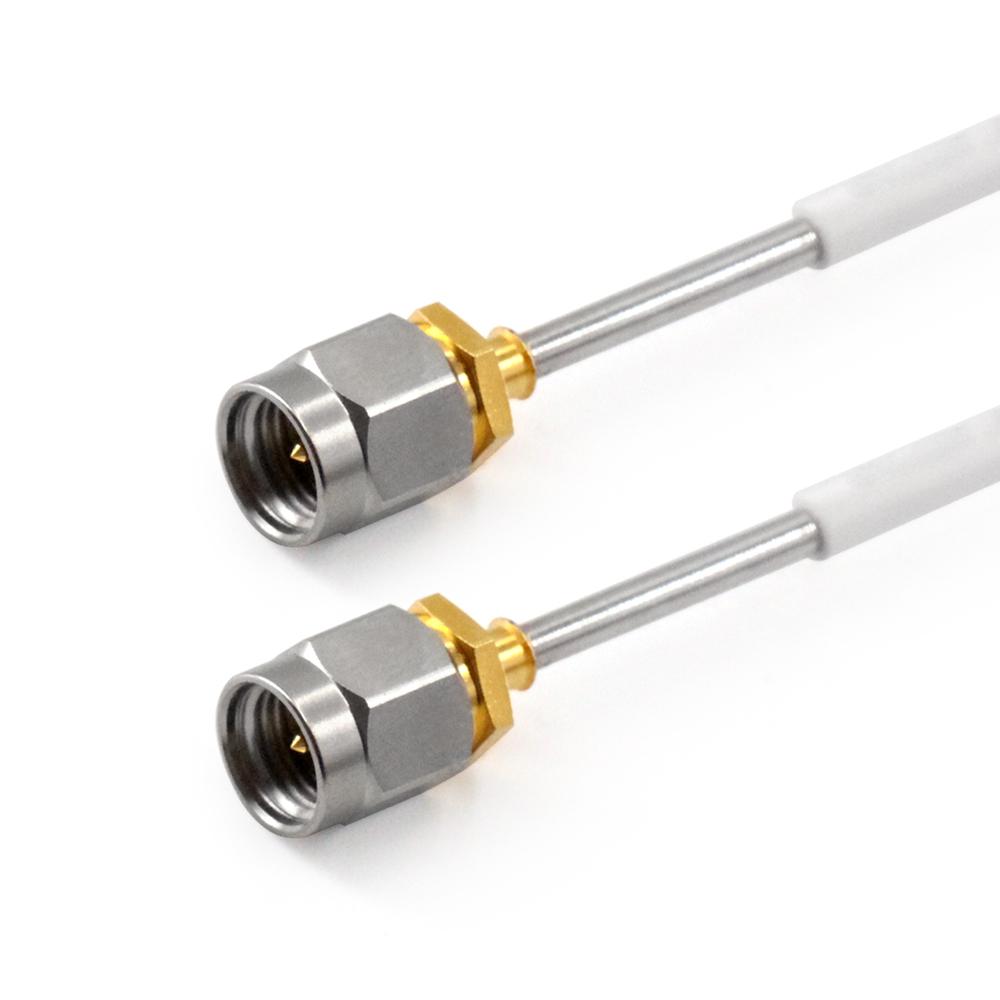
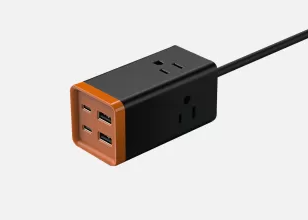
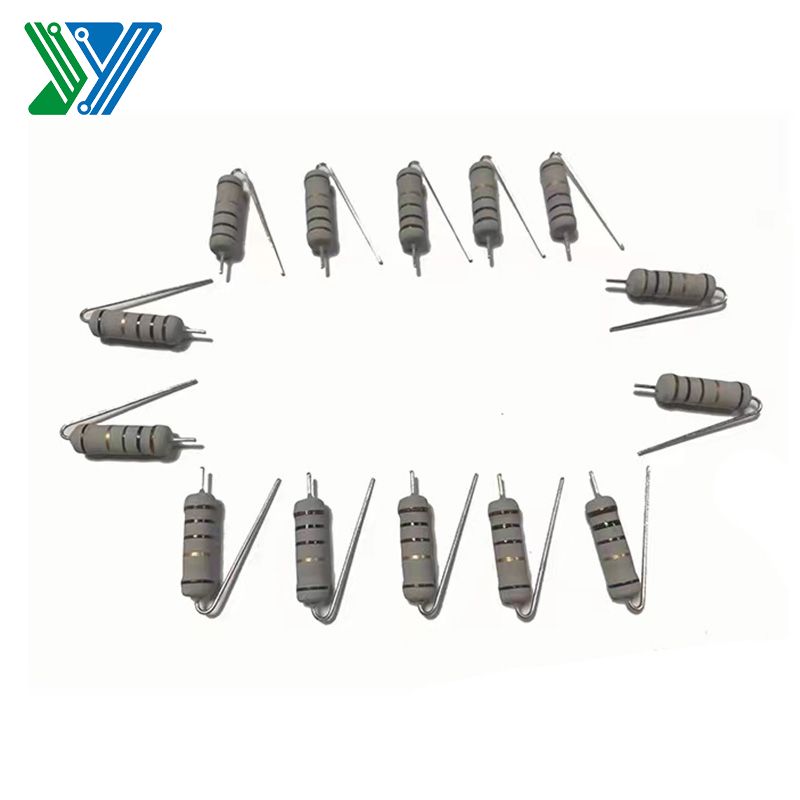
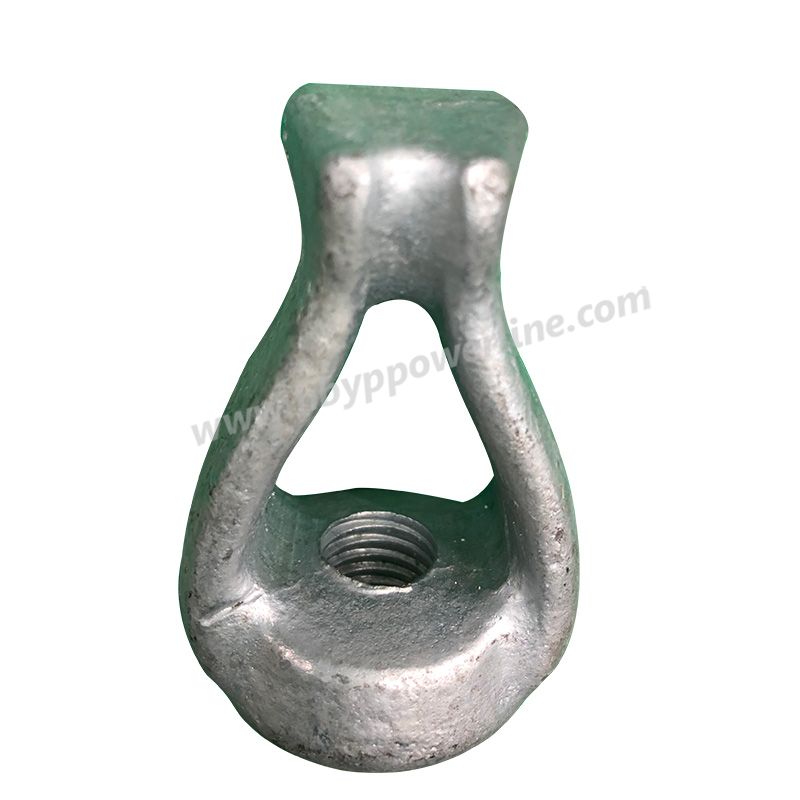
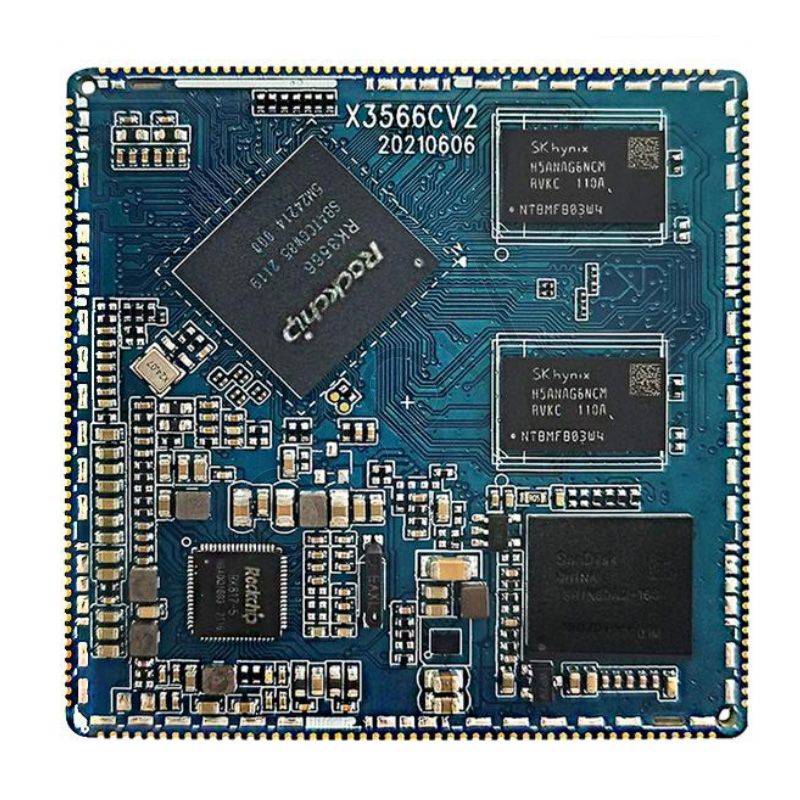
Comments